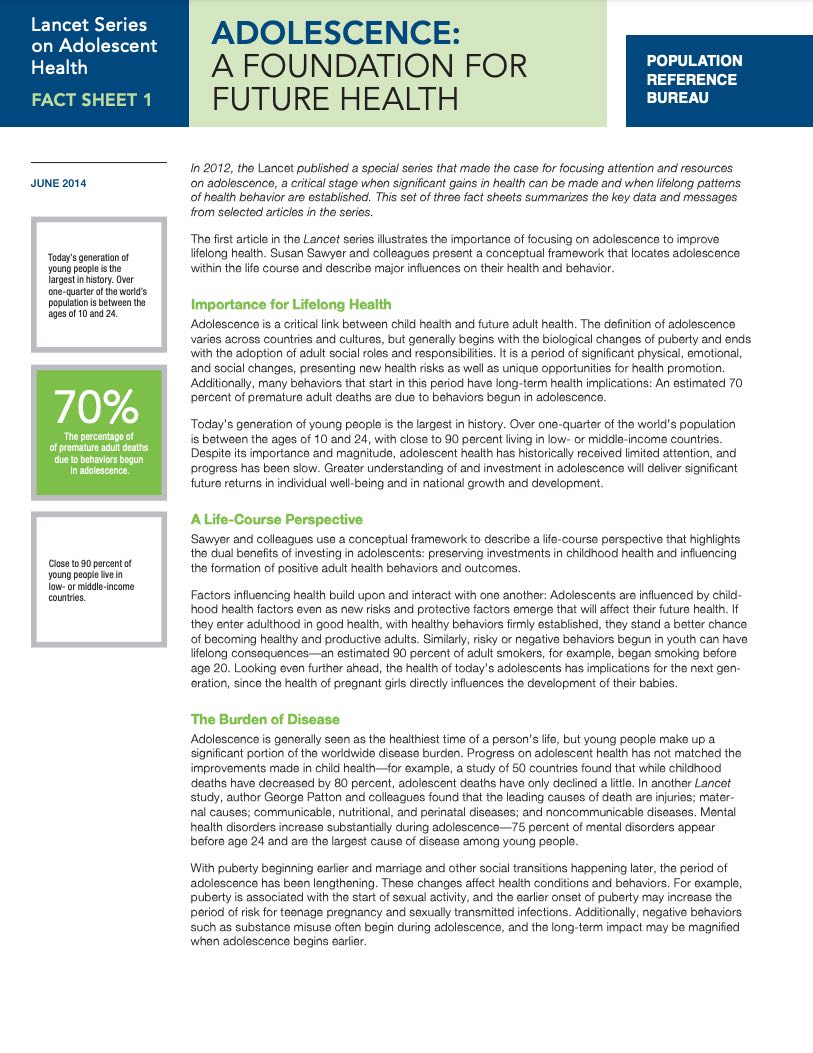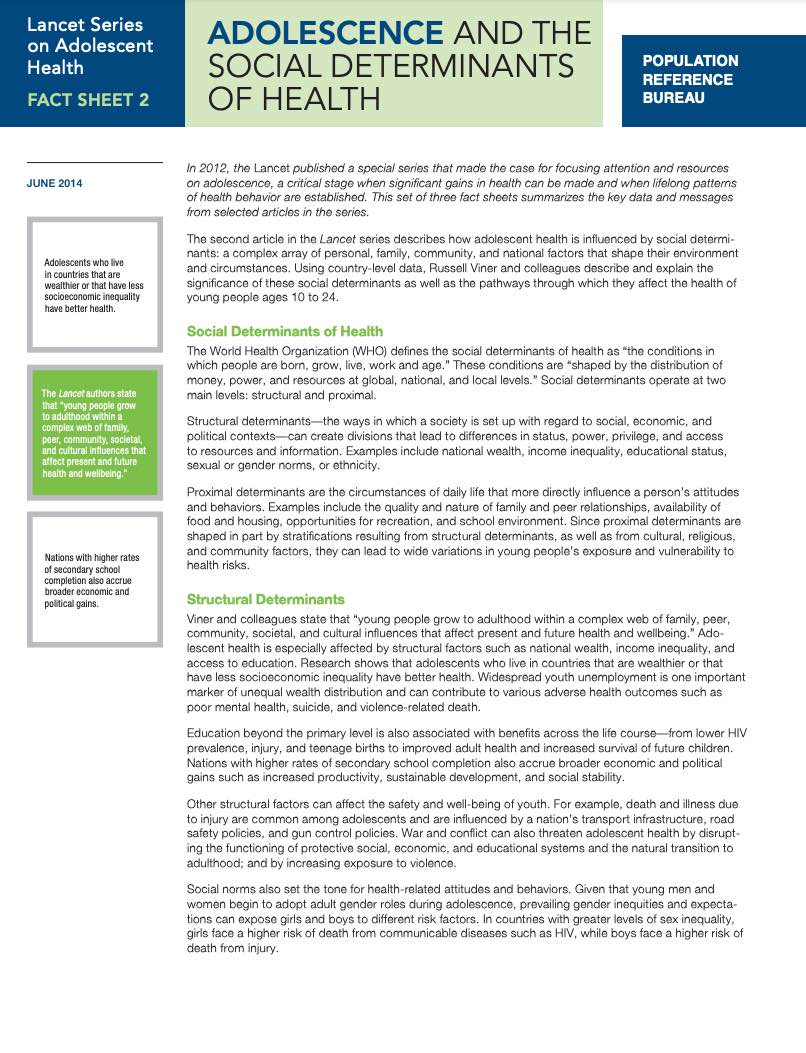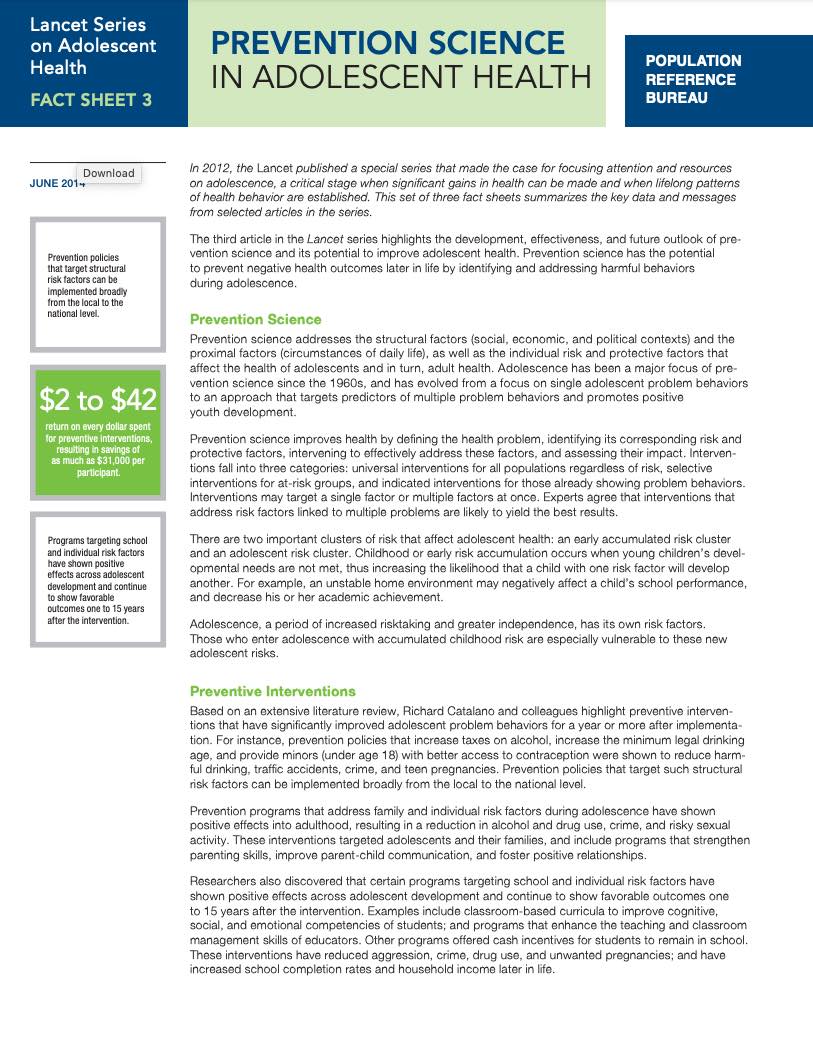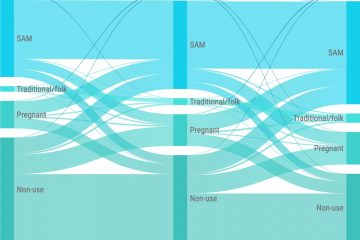
The Importance of Adolescence
“On this World Population Day, I call on all with influence to prioritize youth in development plans, strengthen partnerships with youth-led organizations, and involve young people in all decisions that affect them. By empowering today’s youth, we will lay the groundwork for a more sustainable future for generations to come.” – UN Secretary-General Ban Ki-moon
Recognizing the significance of young people for the growth and well-being of the global population, UNFPA has declared “Investing in Young People” the theme of World Population Day 2014. As the size of the global youth population—already larger than at any other time in history—continues to grow, the importance of addressing adolescent health grows as well. Getting adolescent health on global agendas will be key to meeting this challenge. Adolescence is a critical link between childhood and adulthood, characterized by significant physical, psychological, and social transitions. These transitions carry new risks but also present opportunities to positively influence the immediate and future health of young people.
While adolescent health is beginning to receive more attention at a global level, there are still major gaps in both knowledge and action.
The Lancet Series on Adolescent Health Fact Sheets
In 2012, the Lancet published a special issue on adolescent health to address some of these gaps and to call for greater attention and commitment to adolescent health. Together, the articles in this issue offer a cohesive approach to understanding and improving adolescent health within the larger context of global health.
To help expand the reach of this series, the Population Reference Bureau has developed three fact sheets outlining the key messages and information from selected articles.
- Fact Sheet 1, Adolescence: A Foundation for Future Health, places adolescence within the life course and illustrates the importance of addressing adolescent health in order to preserve and improve lifelong health.
- Fact Sheet 2, Adolescence and the Social Determinants of Health, describes some of the key influences on adolescent health and health-related behaviors.
- Fact Sheet 3, Prevention Science in Adolescent Health, explains prevention science and how it applies to adolescent health.
Toward a Global Agenda
The Lancet Commission on Adolescent Health, established in 2013, will release a comprehensive report in 2015 with recommendations for advancing adolescent health and reducing inequality. Also in 2015, the United Nations will finalize the Sustainable Development Goals (SDGs), the follow-on to the Millennium Development Goals. Hopefully, the SDGs will include a youth-specific goal, and all goals will meaningfully incorporate the needs of youth. As a comprehensive overview of adolescent health and well-being, the Lancet articles can inform these activities and other efforts to move the adolescent health agenda forward. This PRB fact sheet series provides key data and builds support for addressing adolescent health at a national and global level.
Adolescent health is not just a question of individual well-being: As the size of the adolescent population grows, especially in developing countries, the health of young people will be a major determinant of economic and social development and progress. Investing in research, policies, and programs to improve adolescent health is a key strategy to preserve gains in childhood health and ensure that girls and boys grow into healthy and productive men and women.
Also online: Listen to an audio interview with Cate Lane, youth adviser for USAID’s Bureau of Global Health, Division of Service Delivery Improvement in the Office of Population and Reproductive Health, about why adolescent health is a key development issue and some of the challenges to getting adolescents and adolescent health on global agendas.

 ">
">
 ">
">
 ">
">


